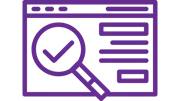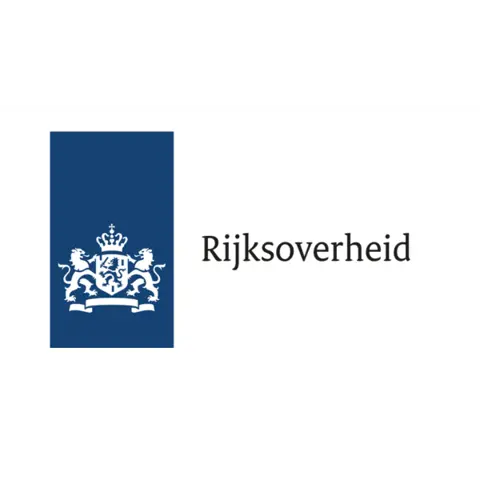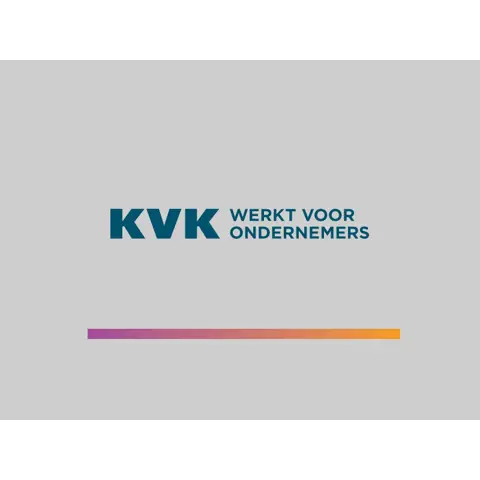
Large fleet owners (Dutch GWH)
GWH and e-inivoicing

Local government
e-invoicing helps municipalities and provinces pay their suppliers faster

e-invoicing in the housing association sector
Read all about industry solutions for transport, housing associations and governments, among others








